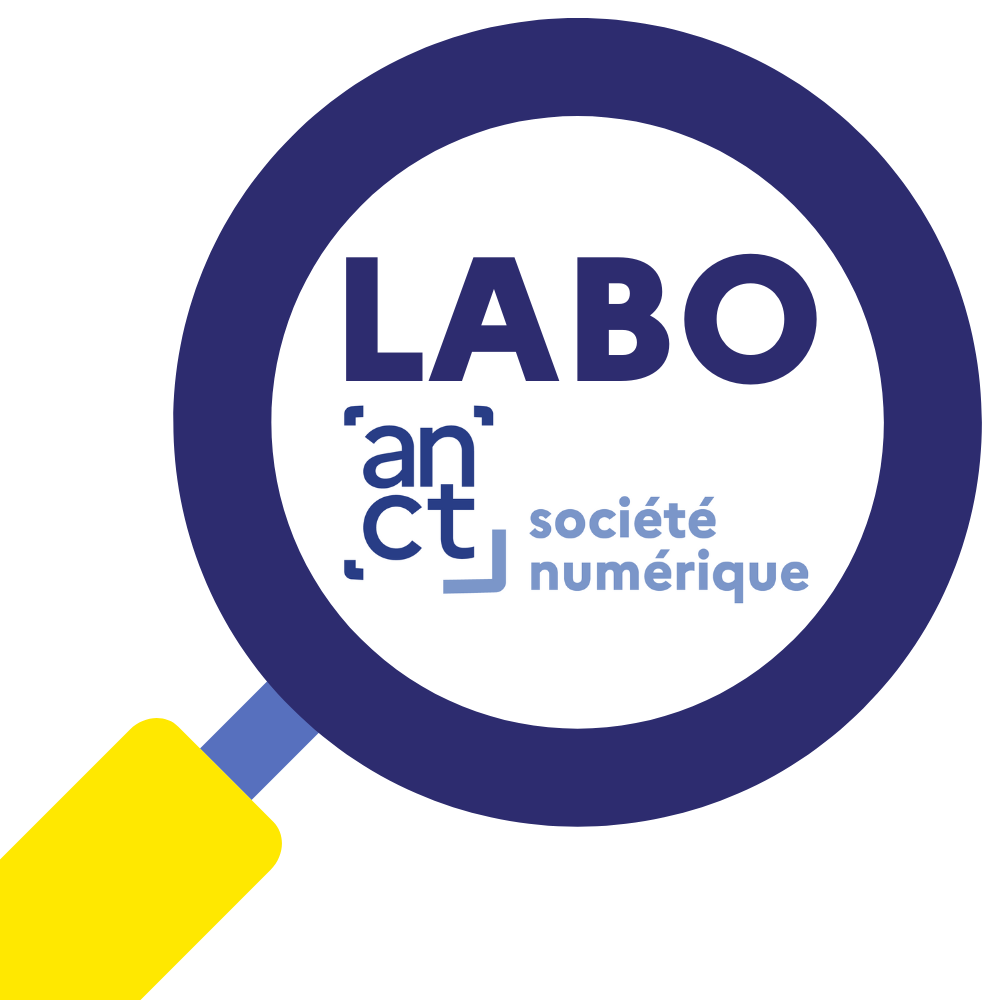Twelve countries, including France, conducted a survey in 2018 to assess the performance of eighth graders in digital literacy as well as computational thinking.
This international survey, named ICILS (International Computer and Information Litteracy Study) was organized by the International Association for the Evaluation of Educational Achievement (IEA).
In France, the ICILS survey involved a representative sample of 2,940 eighth grade students in 156 middle schools. Questionnaires filled out by 2,168 teachers, ICTE coordinators and school principals were used to complete the students' answers.
A note produced by the Ministry of Education's Direction de l'évaluation, de la prospective et de la performance (DEPP) presents the main results of the survey.
In digital literacy, French students occupy a median position among the participating countries
Digital literacy (computer and information literacy) is defined in this survey as "an individual's ability to use a computer effictively to collect, manage, produce, and communicate information at home, at school, in the workplace, and in society." The digital literacy framework includes four sub-dimensions: 'understanding computer use, information gathering, information production, and digital communication'.French students obtain an average score of 499, while the international average is 496 points. The highest average scores were obtained by Denmark (553) and the Republic of Korea (542). Italy (461), Uruguay (450) and Kazakhstan (395) have the lowest average scores. The difference between the highest and lowest average scores is 157 points.
The digital literacy performance scale can be described across five levels of increasing complexity:
- students in the group below level 1 (score below 407 points). They represent 13% of French students and 18% on average across all participating countries. "These students can perform some simple commands, such as clicking on a hyperlink, or on tool buttons with a single function, such as cutting or rotating. They can create simple information products, as long as they are guided and coached to do so."
- students reaching level 1 (score from 407 to 491). They represent 30% of French students and 25% on average for all participating countries. "These students demonstrate a functional knowledge of computers as tools. They know the security measures implemented to allow several users to access the same computer. They use simple software commands to perform basic research and communication tasks. They demonstrate familiarity with basic layout rules for electronic documents."
- students reaching level 2 (score from 492 to 576). They represent 40% of French students and 36% on average for all participating countries. " These students use a computer to perform basic and explicit tasks of collecting and managing information. They make simple changes and add content to existing digital documents. They create simple informational documents following formatting rules. They demonstrate knowledge of privacy mechanisms.
- students reaching level 3 (score from 577 to 661). They represent 15% of French students and 19% on average for all participating countries. "These students demonstrate their ability to work independently when using computers as tools for gathering and managing information. They select the most appropriate source of information for a specified purpose, extract information from given electronic sources to answer concrete questions, and follow instructions for using recognized software commands to edit and add content. They recognize that the identity, expertise, and motivations of information creators can affect the credibility of information disseminated on the Web."
- students reaching level 4 (score above 661). They represent 1% of French students and 2% on average across all participating countries. "These students exercise control and critical thinking skills when researching information and creating information materials with an eye toward the audience and communication purpose. They also use appropriate software features to restructure and present information according to layout rules. They then adapt this information to the needs of an audience. Students who achieve Level 4 demonstrate an awareness of the issues that can arise when using confidential information on the Internet."
French students also occupy a median position in "computer thinking
In 2018, the "computational thinking" option was offered for the first time. Eight countries, including France, chose to participate. Computational thinking is defined as "the ability of an individual to identify real-world problems that are appropriate for a computational formulation, and to evaluate and develop algorithmic solutions to these problems in order to implement them using a computer." His framework for assessment includes two sub-dimensions: " problem conceptualization and solution implementation (creation, implementation, and evaluation of computer-based solutions to problems)."While the international average is 500, French students obtain an average score of 501. Students from the Republic of Korea (536) and Denmark (527) have the highest scores.
The performance scale in computational thinking is described in terms of "region" rather than "level":
- the lower region of the scale (score below 459). 31% of French students, and 33% of students on the international average, fall in this region. " These students demonstrate some theoretical knowledge of programming. They know how to record data from observations and implement solutions using sequences of linear instructions (step by step) to answer simple problems."
- the intermediate region (score from 459 to 589). 52% of French students, and 50% on average internationally, fall in this region. " These students demonstrate an understanding of programming by proposing solutions that practically solve real-world problems. They implement complete solutions using non-linear logic (such as through the use of loops)."
- the top region of the scale (score above 589). 17% of French students, and 18% on average internationally, fall in this region. " These students master programming as a generalizable problem-solving framework. They deduce the relationship between observed data to evaluate solutions. They implement sophisticated and efficacious solutions to complex coding problems, using looped and conditional instructions."
Girls have higher average scores in "digital literacy," comparable in "computer thinking."
Girls' average digital literacy scores are higher than boys' in virtually every country. On average, across all countries, the average score for girls is 505 while the average score for boys is 488, a difference of 18 points.In computer thinking, there is no significant difference between girls' and boys' performance. On the other hand, the difference is high in Portugal (16 points, in favor of boys) and in Finland, where girls perform better (13 points higher than boys).
Performance is associated with the professional status of the parents as well as the cultural capital of the family
The average scores of students in the lowest parental occupational status group are on average 36 points lower in digital literacy and 42 points lower in computational thinking than those in the highest parental occupational status group.In France, the gap is 37 points in digital literacy, which corresponds to the international average. In computer thinking, the difference is more pronounced (46 points), 4 points higher than the international average.
Contextual elements such as the number of books in the home, an index that reflects cultural capital (whereas the occupational status index is related to economic capital) also have a significant impact on performance
Students with more computers at home generally have higher scores. On average, across all participating countries, the scores of students who reported having two or more computers are 32 points higher in digital literacy than the scores of those who reported having fewer than two computers at home. In computer thinking, the gap is 29 points. For French students, the gap is 30 points in literacy and 25 points in computer thinking.
The number of years students have been using computers is also positively associated with performance.
- In France, in the curriculum of cycle 4 (5th, 4th and 3rd grades), digital literacy does not correspond to a specific teaching, as it deals with cross-cutting notions, used not only in technology, but potentially in all subjects.
- In France, the fourth graders evaluated in the 2018 ICILS survey, benefited from new programs that went into effect at the start of the 2016 school year in which computational thinking is present in the Cycle 4 (5th, 4th, and 3rd) mathematics, science, and technology reference materials.
Références :
Sources
- 1. Marion Le Cam, Sébastien Pac, Direction de l'évaluation, de la prospective et de la p
- 2. erformance, Ministry of Education: ICILS 2018: international assessment of eighth graders in digital literacy and computational thinking
- 3. IEA International Computer and Information Literacy Study 2018 International Report





